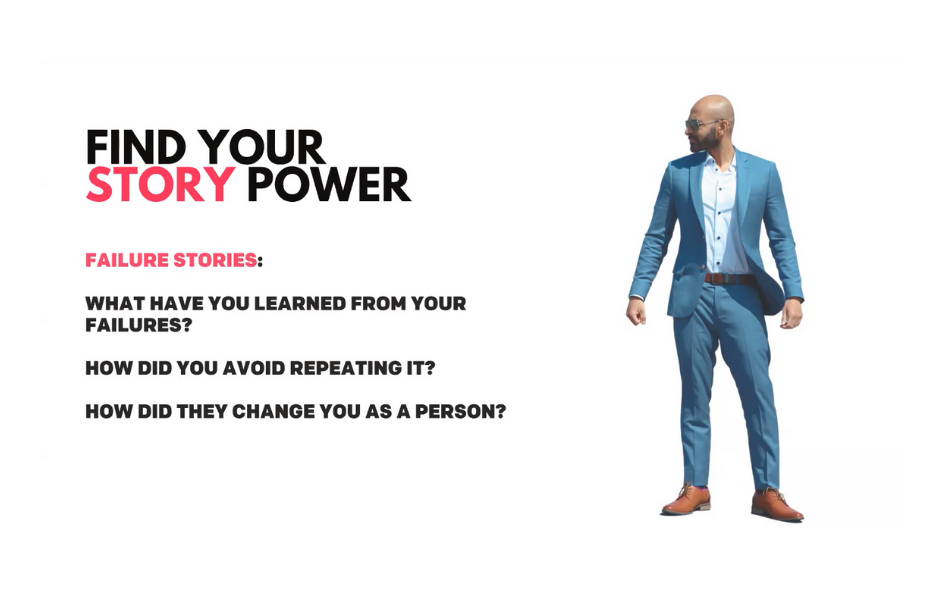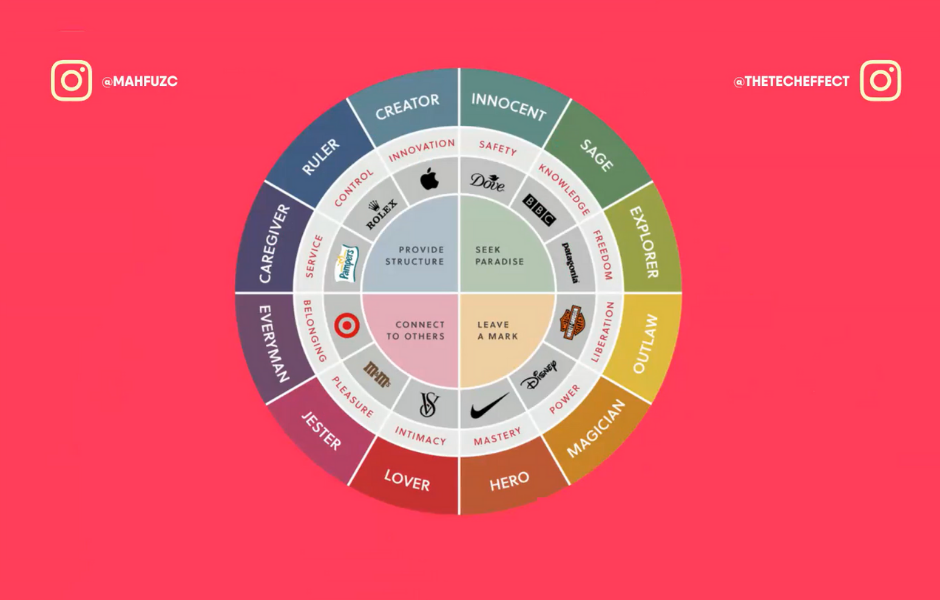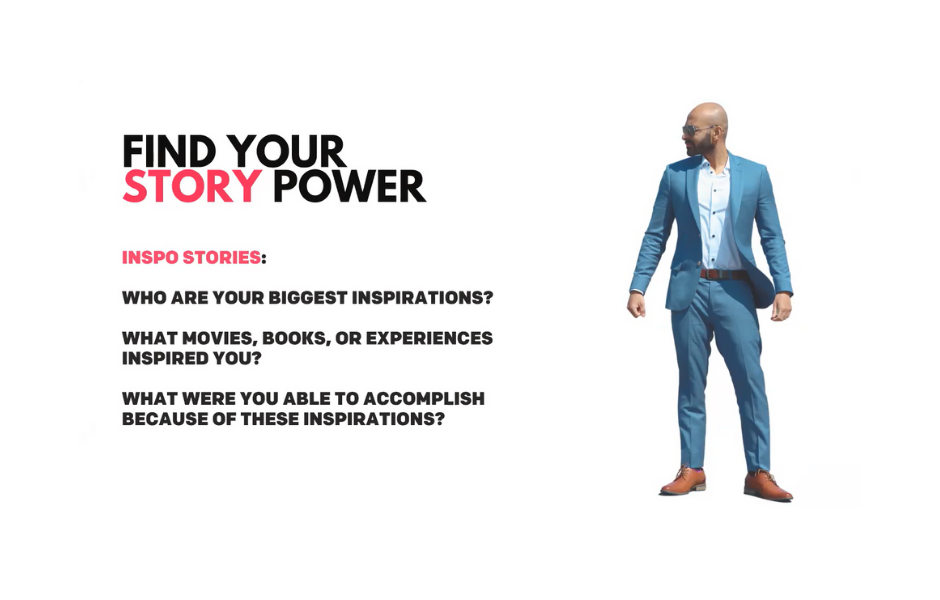Searching for a job is a challenging task for many college or university grads. A lot of them are encountering the chicken and egg dilemma – which should come first, experience or a job? No worries, we’ve got you covered. In this blog post, you will learn how to brand yourself to land a marketing or advertising job.
During our second Agency Access event, Mahfuz Chowdhury, the Brand Manager at Candybox Marketing, shared some practical branding tips that could aid former students and job seekers with discovering their brand core, generating engaging story ideas, and turning failures into breathtaking narratives.
#1 – Trust your own story
Social media are dominated by loud, extravagant, and extremely heavy extraverts and terrify a lot of people. That’s why many introverts are scared to navigate these dangerous waters and try to stay away from the digital world.
For a long time, Mahfuz had the same fear thinking that he would never win the game of social media. But over time, he made a surprising and enlightening discovery:
“No one out there in the world is looking for the second Oprah, they are not looking for the second Kevin Hart, they are not looking for the second Gary Vaynerchuk. They have already found these personality traits. What they are looking for is the first you.”
One more component that’s crucial in this game is trusting your story. It means believing that your narrative has something to offer. The more you trust it, the more you have confidence putting yourself out in ways you haven’t before. In today’s world, your personal brand and online projects are also counted as experience and could help you find employment.
#2 – Find your story power
Having confidence before jumping into the world of social media is extremely useful. But after getting over this challenge, you could face another, no less daunting, task – how to generate story ideas that can catch the eyes of your followers, recruiters, and potential employers.
To break through this barrier, Mahfuz recommended finding your story power by answering these thought-provoking questions:
Take a moment to analyze what inspired you in the past and let your brain connect the dots. Mahfuz advised creating a bridge between a source of inspiration and the result it helped you achieve. If you are not sure how to brand yourself, this strategy will give you a series of stories that you can start putting down on paper.
#3 – Turn accomplishments into stories
Everyone has a story to tell, and your achievements could help you with creating engaging narratives. Mahfuz suggested taking time and listing the accomplishments – highlight stories – you are proud of. Here are some examples that might resonate with your life:
- Getting your first job
- Buying your first house
- Starting your podcast
- Getting your first gig
After building a list, try to dig deeper to understand how you achieved all the accomplishments and what challenges you got over to succeed.
“Think about what you did and how you achieved it. What had to go wrong for you to achieve this? What had to fail for you to succeed?”
Applying this storytelling technique adds a bit of drama and makes your digital narrative more exciting and engaging. Mahfuz advised not regretting if something went wrong in the past but embracing those situations and turning them into interesting stories.
#4 – Use failure stories to create a connection
Speaking of failures and mistakes, don’t be afraid of sharing them with your audience. The challenges you faced in the past could be turned into fantastic narratives.
Mahfuz highlighted that failure stories create connection and relatability as they allow people to see your life from their perspective as well. By analyzing your mistakes or doing shadow work, you can generate ideas and understand what holds your life back.
Here are some questions from Mahfuz that could help you create stories that matter to your audience:

Thus, sharing failure stories that helped you grow personally or professionally is an excellent approach to create content enhancing your personal brand.
#5 – Build your brand timeline
Once your stories are ready, start building your timeline. Dropping all your narratives on the line could help you see the big picture and categorize all the content you created.
Mahfuz recommended always keeping in mind your audience when grouping the stories. This strategy could help you pull out the most relevant ones whenever it’s necessary.
Here are some categories that Mahfuz uses to classify his stories: personal development, personal branding, self-improvement.
But before rushing to post something on social media, take time to adjust your message to various social media platforms.
“It is actually not about content, it is about context. It is about what you are saying and who you are saying it to.”
Though many people believe that content is king, context is what matters. Sending your news out on every medium as if it’s an email list is a big mistake that many people make. This social media strategy will not help you brand yourself.
#6 – Discover your brand core
Every piece of content you post on social media should entertain, educate, or inspire your audience. While each of us can share a story falling under these categories, only your core identity could make your personal brand stand out.
To understand what makes you unique, Mahfuz suggested asking yourself this key question: “How would I introduce myself if I could not use job titles?” Start moving away from your career and begin thinking about your characteristics.

For instance, a while ago, Mahfuz defined these four components that still help him build his personal brand:
- Resilient
- Vulnerable
- Kind
- Optimistic
Yours can and should be different, but it’s worth figuring them out and integrating them into each story you share on social media. Feel free to inspire, entertain, and educate but on your own terms.
Mahfuz advised not to paying attention to what other people do online as unconsciously you might become just a copycat. He pointed out that meaningful connections generated by your unique content and way of communication are always more important than the number of followers.
If you would like to get more tips on how to brand yourself on social media, check out our blog post on Using LinkedIn To Brand Yourself and Your Business for Success.
The Tech Effect can help you advance to the next step in your career. Learn more about our Digital Mentorship Circle, an accelerator program helping marketing and advertising professionals find meaningful employment.


